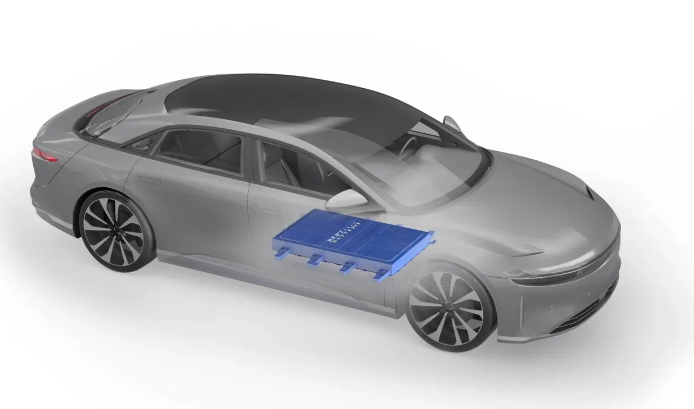As electric vehicles (EVs) gain popularity, understanding the time required to charge an EV car battery becomes crucial for consumers. The duration needed to charge an EV battery can vary significantly based on several factors, including the type of charger used, the battery capacity, and the current state of charge. To optimize charging efficiency, consumers can consider various EV car battery solutions. This includes installing a Level 2 home charger to reduce charging times or utilizing apps to locate fast charging stations during travel. Additionally, advancements in battery technology continue to improve charging speeds and overall efficiency.
Charging Options and Times
Charging an EV battery can be accomplished through different methods, each offering varying charging times. The main types of charging options include Level 1, Level 2, and DC fast charging.
Level 1 Charging: This method uses a standard household outlet and is the slowest option available. While convenient for home use, it generally requires a longer time to fully charge an EV battery. This charging method is often utilized overnight when the vehicle is not in use.
Level 2 Charging: Utilizing a more powerful outlet, Level 2 charging is significantly faster than Level 1. This option is commonly found in public charging stations and home setups. It is practical for daily use, allowing drivers to charge their vehicles during work hours or overnight, making it a more efficient choice for regular charging needs.
DC Fast Charging: This method provides the quickest charging option, using high-voltage direct current to charge the battery rapidly. DC fast chargers can replenish a significant portion of the battery in a short amount of time, making them ideal for long-distance travel or quick stops throughout the day. However, not all EVs are compatible with DC fast charging, so it’s essential to verify compatibility before use.
Factors Influencing Charging Time
Several factors can influence how long it takes to charge an EV battery:
Battery Capacity: The size of the battery, measured in kilowatt-hours (kWh), significantly affects charging time. Larger batteries typically take longer to charge than smaller ones, assuming the same charging method is used.
State of Charge: The current level of charge in the battery also impacts charging duration. A battery that is nearly depleted will generally require more time to charge compared to one that is partially charged. Additionally, charging speeds may decrease as the battery approaches full capacity, particularly for lithium-ion batteries.
Charger Output: The power output of the charger itself is a crucial factor. Higher-output chargers can deliver more energy to the battery in a shorter amount of time, thus reducing overall charging duration. This is particularly relevant for Level 2 and DC fast chargers, which can significantly cut down charging times compared to Level 1 chargers.
Understanding how long it takes to charge an EV battery is essential for making informed decisions about electric vehicle ownership. By considering the available charging options, the factors influencing charging times, and the specific needs of the vehicle, consumers can better manage their charging habits and ensure efficient use of EV battery solutions.
Empowering Electric Mobility
As a prominent global manufacturer of lithium-ion batteries, the company delivers high-density, safe, and long-lasting battery solutions. REPT BATTERO focuses on comprehensive battery solutions for BEVs, PHEVs, and REEVs, assisting automakers in achieving their electrification goals and contributing to the global transition towards green mobility.


